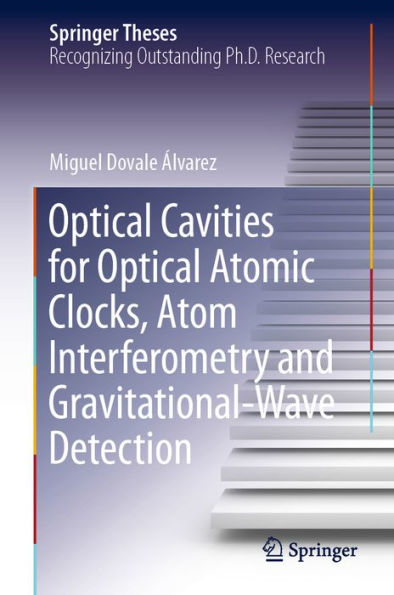5
1

Optical Cavities for Optical Atomic Clocks, Atom Interferometry and Gravitational-Wave Detection

Optical Cavities for Optical Atomic Clocks, Atom Interferometry and Gravitational-Wave Detection
eBook (1st ed. 2019)
$74.49
$99.00
Save 25%
Current price is $74.49, Original price is $99. You Save 25%.
Related collections and offers
74.49
In Stock

Product Details
| ISBN-13: | 9783030208639 |
|---|---|
| Publisher: | Springer-Verlag New York, LLC |
| Publication date: | 08/10/2019 |
| Series: | Springer Theses |
| Sold by: | Barnes & Noble |
| Format: | eBook |
| File size: | 47 MB |
| Note: | This product may take a few minutes to download. |
About the Author
From the B&N Reads Blog
